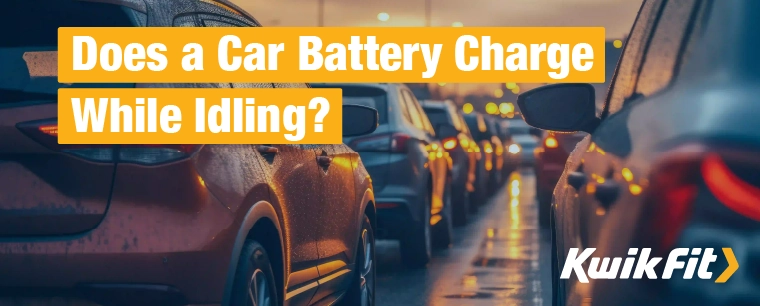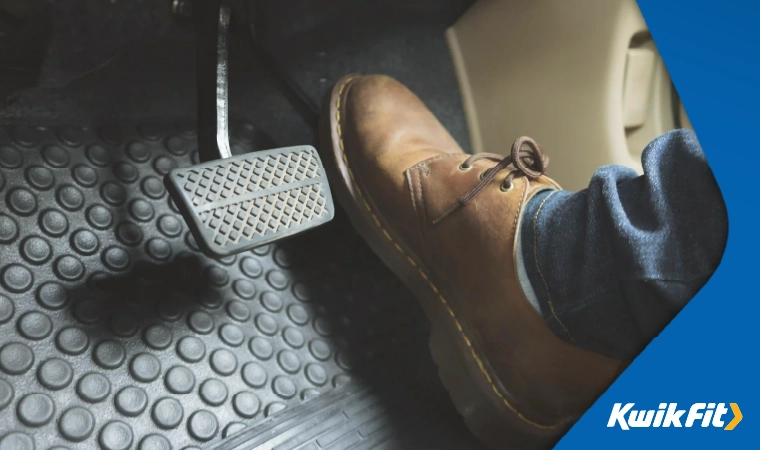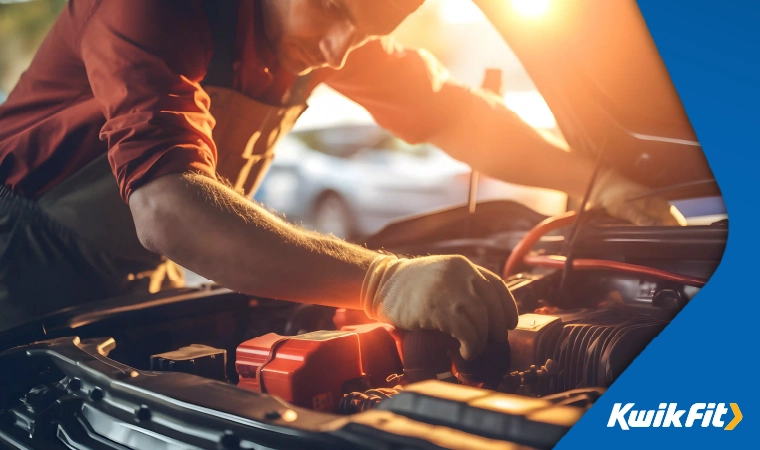Does a Car Battery Charge While Idling?
Jack Dreyer | Monday 9th October 2023 1:00pm

If you’ve come up against a flat or low car battery, it can be a real inconvenience. It can happen for quite a variety of different reasons but, regardless of which one, it’s certain to dampen your plans.
If the car won’t start, see our blog post on using a car battery charger. These tend to be the safest methods to recharge your battery but also take the longest. Alternatively, head here to learn about jump starting your car with and without jump leads.
But once you have your car started, you’ll need to wait for the battery to recharge to a suitable level (usually between 14.4v-14.8v when running) before turning the car off again. The question, then, is whether the battery charges while idling?
Well, yes, but you’re likely here because you want to know whether going for a drive charges it faster than idling.
In order to find that out, we need to understand how car batteries get charged in the first place.
How does a car battery charge?
Once an engine has started, the force of the pistons moving up and down is converted into a rotational force in order to be useful for a number of other components in the engine bay.
A starter motor is what initially “cranks” the engine into life, but this uses a significant amount of electrical power from the battery in order to get the engine going. This power needs to be replaced and is done so with an “alternator”.
In short, the alternator is like a small electrical generator that converts the analogue rotational movement of the car’s engine into digital DC power to charge the battery back up. A belt goes from a component on the engine to the alternator and turns it at the rate of revolutions (“revs”) that the engine is turning.

Does revving make a difference?
When idling, the engine is still turning at a certain revolution per minute (rpm) – so the alternator is still converting that into usable energy and charging the battery. But revving the car a few thousand rpm faster does actually make the alternator charge the battery faster.
However, this does have a ceiling. DC batteries, especially lead-acid ones, are only able to accept a certain range of voltages in order to charge because higher voltages (and therefore current) also create heat. Too much voltage and the acid in the battery boils.
So you should always avoid putting the accelerator pedal all the way down because:
- It won’t charge the battery more than revving slightly
- You’re likely to create problems elsewhere by over-revving
Once you’ve idled or lightly revved the car for 5–10 minutes, the best thing to do is to go for a drive! The change in revs as you drive around naturally charges the battery in a better way than would happen by simply idling the car.
Problems with your car battery?
If your battery keeps going flat, you may have a problem with either the battery itself or the alternator. Get in touch with your local Kwik Fit centre for expert advice!

Any facts, figures and prices shown in our blog articles are correct at time of publication.
Featured Articles
Is it Illegal to Drive With One Headlight?
Saturday 19th July 2025
Wondering if it’s illegal to drive with one headlight? Learn about the safety risks and penalties of illegal blown bulbs and why you should fix them promptly.
Air Con in EVs & Hybrids: Experts Answer Your Questions
Monday 30th June 2025
Does air con drain EV batteries? Can you use the air con while charging an electric car? Find out the answers to these questions & more from Kwik Fit’s experts.
Why Is Your Car Making a Noise? Fixes & Tips
Friday 13th June 2025
When your car starts making unexpected noises, it can certainly be quite disconcerting; it may be nothing to worry about, but here’s what you need to know.









